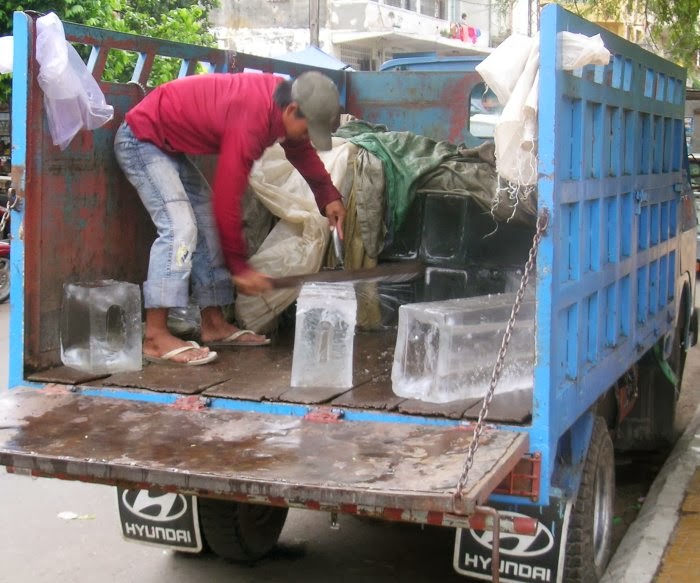Small Town USA
When
you hear talk about the Pioneer Spirit or the reference to the Pioneer type
woman (with reference to strength), I always imagine a strong and stout woman
with a near perfect posture. In fact the
pioneer spirit that we refer to is something that people simply endured or grew
into for survival’s sake.
You
and I can elect to be strong by choice or be made strong by circumstance. What I mean is that back in the 1940’s and
1950’s people chose the pioneer type spirit to survive, where as the time shown
on Little House in the Prairie (the television series) that was the pioneer
times.
In
today’s society if you have a wood burning fireplace, you can cut your own wood
if you have the Pioneer Spirit or you can simply Google “firewood,” and have it
delivered and stacked in the back patio already cut to perfect size. Back in the 1950’s some people had the option
to buy the product but most chose to cut their own, and many times it was used
in the wood burning stove that served for cooking and heat.
Imagine
having an ice box instead of a refrigerator, and waiting to catch the iceman
when he came by on your route every other day.
- The ice
trade, also known as the frozen
water trade, was a 19th-century industry, centering on the east
coast of the United States and Norway, involving the large-scale
harvesting, transport and sale of natural ice for domestic consumption and
commercial purposes. Ice was cut from the surface of ponds and streams,
then stored in ice houses, before being sent on by ship, barge or railroad
to its final destination around the world. Networks of ice wagons were
typically used to distribute the product to the final domestic and smaller
commercial customers. The ice trade revolutionized the U.S. meat,
vegetable and fruit industries, enabled significant growth in the fishing
industry, and encouraged the introduction of a range of new drinks and
foods.
Another small struggle of the early 1950’s was the need
to maintain a supply of kerosene usually in five gallon cans for the purpose of
lighting the homes after the sun went down (using kerosene lanterns). One of my uncles created a job for himself by
keeping the neighborhood supplied for a fee.
You also grew your own supply of vegetables, and anything
you couldn’t eat you would trade and barter with. Homes for the less fortunate ones didn’t have
running water or any kind of indoor plumbing.
Imagine having to answer nature’s call in the middle of the night and
going to an outhouse with a newspaper in hand (dual purpose including reading). Taking a bath was not as easy as it is
today. You had to plan it by first
warming up water, and later disposing of the used water. Is it any wonder people didn’t bathe more
often?
The fortunate people that had cars would usually pick up
friends and coworkers every day on the way to work and dropped them off on the
way home. Others would use public
transportation or ride bicycles by necessity not just to conserve or be
cool. Walking was a very acceptable mode
of transportation, is it any wonder why they didn’t need Fitness Center
Membership to get or stay in shape?
This post is a very small snapshot of what life was like
in the 1950’s (for a slightly less than well-off family). The majority of these people were so
satisfied that they had no clue that they lived in poverty. If you have memories of your grandparents
being strong and healthy the reasons were many, including fresh air plenty of
sunshine and hard work, many natural foods that included plenty of fruits and
vegetables, and minimal addictions. The
best is yet to come…..




No comments:
Post a Comment